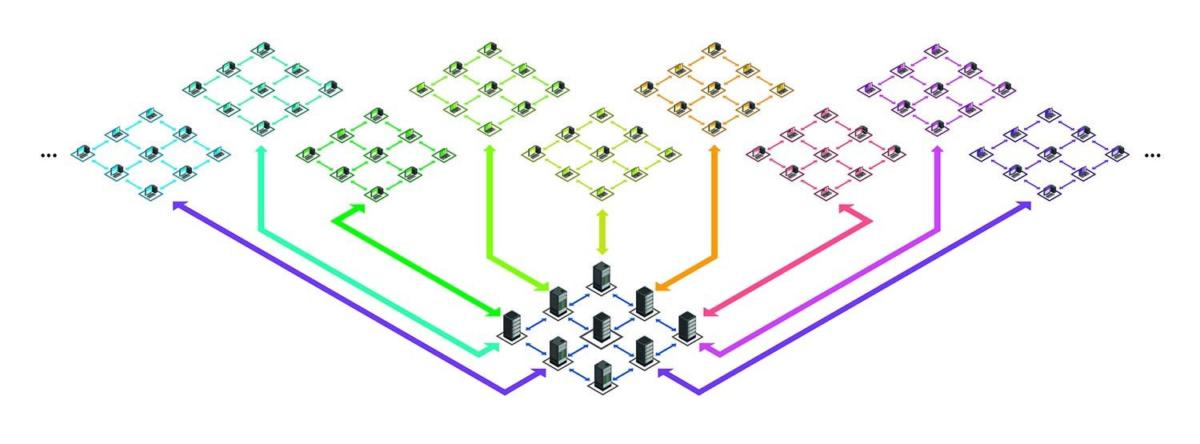
Transformative Decentralized Applications Platform: Exploring Ethereum
In the realm of blockchain technology, Ethereum stands out as a transformative platform that goes beyond digital currencies. Its impact is felt across various industries, offering a versatile foundation for decentralized applications (DApps) and smart contracts. Let’s delve into the features, applications, and significance of Ethereum in shaping the future of decentralized technologies.
The Foundation of Ethereum
Ethereum, conceptualized by Vitalik Buterin in 2013 and launched in 2015, introduced the concept of smart contracts to blockchain technology. This innovative approach expanded the capabilities of blockchain beyond simple transactions, enabling the execution of programmable agreements. Ethereum’s native cryptocurrency, Ether (ETH), fuels transactions on its network.
Smart Contracts: The Core Innovation
At the heart of Ethereum’s innovation are smart contracts. These self-executing contracts with coded terms automate and enforce agreements without the need for intermediaries. Ethereum’s ability to execute smart contracts on its decentralized virtual machine (EVM) has opened avenues for a wide array of applications across industries.
Decentralized Applications (DApps)
Ethereum serves as a playground for developers to build decentralized applications, known as DApps. These applications operate on the Ethereum blockchain, leveraging its decentralized and secure nature. From finance and gaming to healthcare and supply chain, Ethereum DApps are transforming traditional industries with increased efficiency and transparency.
ERC-20 and Tokenization
Ethereum’s ERC-20 standard has become synonymous with tokenization. This standard defines a set of rules for creating fungible tokens on the Ethereum blockchain. Many Initial Coin Offerings (ICOs) and token-based projects utilize ERC-20 tokens. The ease of creating and exchanging tokens on Ethereum has contributed to its prominence in the tokenization space.
Ethereum 2.0: The Next Evolution
To address scalability and energy efficiency challenges, Ethereum is undergoing a significant upgrade known as Ethereum 2.0. This upgrade aims to shift the consensus mechanism from proof-of-work (PoW) to proof-of-stake (PoS), enhancing scalability, reducing energy consumption, and making the network more sustainable for the long term.
Challenges and Scalability Solutions
Scalability has been a notable challenge for Ethereum, especially during periods of high network activity. Various solutions, including layer 2 scaling solutions like Optimistic Rollups and zk-Rollups, are being explored to address scalability issues and enhance the throughput of the Ethereum network.
Real-World Impact of Ethereum
Ethereum’s impact extends beyond the digital realm. In the financial sector, decentralized finance (DeFi) platforms built on Ethereum enable users to borrow, lend, and trade assets without traditional intermediaries. Ethereum’s influence is also evident in the NFT (Non-Fungible Token) space, where artists and creators tokenize digital assets, creating new forms of digital ownership and value.
Ethereum Community and Development
A vibrant and engaged community is a hallmark of Ethereum’s success. Developers, contributors, and enthusiasts actively collaborate to improve the platform. Ethereum Improvement Proposals (EIPs) are proposed changes or enhancements to the network, showcasing the decentralized and community-driven nature of Ethereum’s development.
Educational Resources for Ethereum Enthusiasts
For those eager to explore Ethereum’s capabilities, educational resources are essential. Platforms like www.itcertswin.com provide valuable insights, tutorials, and updates on Ethereum and related technologies. Staying



